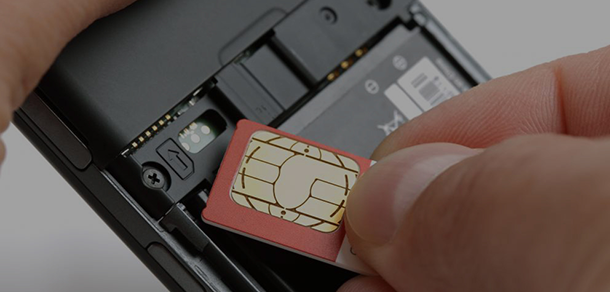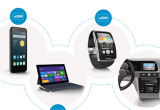Tech 101: What is an eSIM and how is it changing mobile and IOT security
24 July, 2018
category: Corporate, Digital ID, Government
We are all familiar with SIM cards, the small chips that have personalized and secured our mobile devices for decades, but what is an eSIM? An article in All About Circuits does a great job answering this question, an important one for all of us in the identity and security industry.
It seems likely that eSIMs are the way the mobile device industry is moving. Like the removable batteries of devices past, removable SIM cards are on their way out
It’s important because, unlike the traditional SIM card that focused mostly on mobile device security, the embedded subscriber identity module will have much broader application. It is already impacting the mobile arena, but it will also extend to all types of IOT connected devices, wearables and more.
What is an eSIM?
An eSIM is an integrated circuit that is surface-mounted onto a device’s circuit board. It is not an external chip that is inserted but rather it is built into the device at manufacture. “eSIM devices have many advantages over traditional SIM cards as they are available in much smaller form factors, provide more security, and provide greater flexibility,” explains the article. “They also remove the need for a SIM card slot, allowing designers to more easily protect circuitry inside a device, especially for the purposes of waterproofing.”
As manufacturers strive to create smaller and smaller devices, the physical size of the traditional SIM and the requirements for the card slot have posed challenges. While the SIM has shrunk over the years from the initial postage stamp size to the micro SIM then nano SIM, there is no more shrinking that can be done. The size of chip and contacts make further size reductions impossible.
The eSIM solves this challenge and that is one key reason the article says, “it seems likely that eSIMs are the way the mobile device industry is moving. Like the removable batteries of devices past, removable SIM cards are on their way out.”
Many devices, including Google’s recent Pixel 2 smartphone and Apple’s latest version of the Apple Watch make use of eSIM technology.




